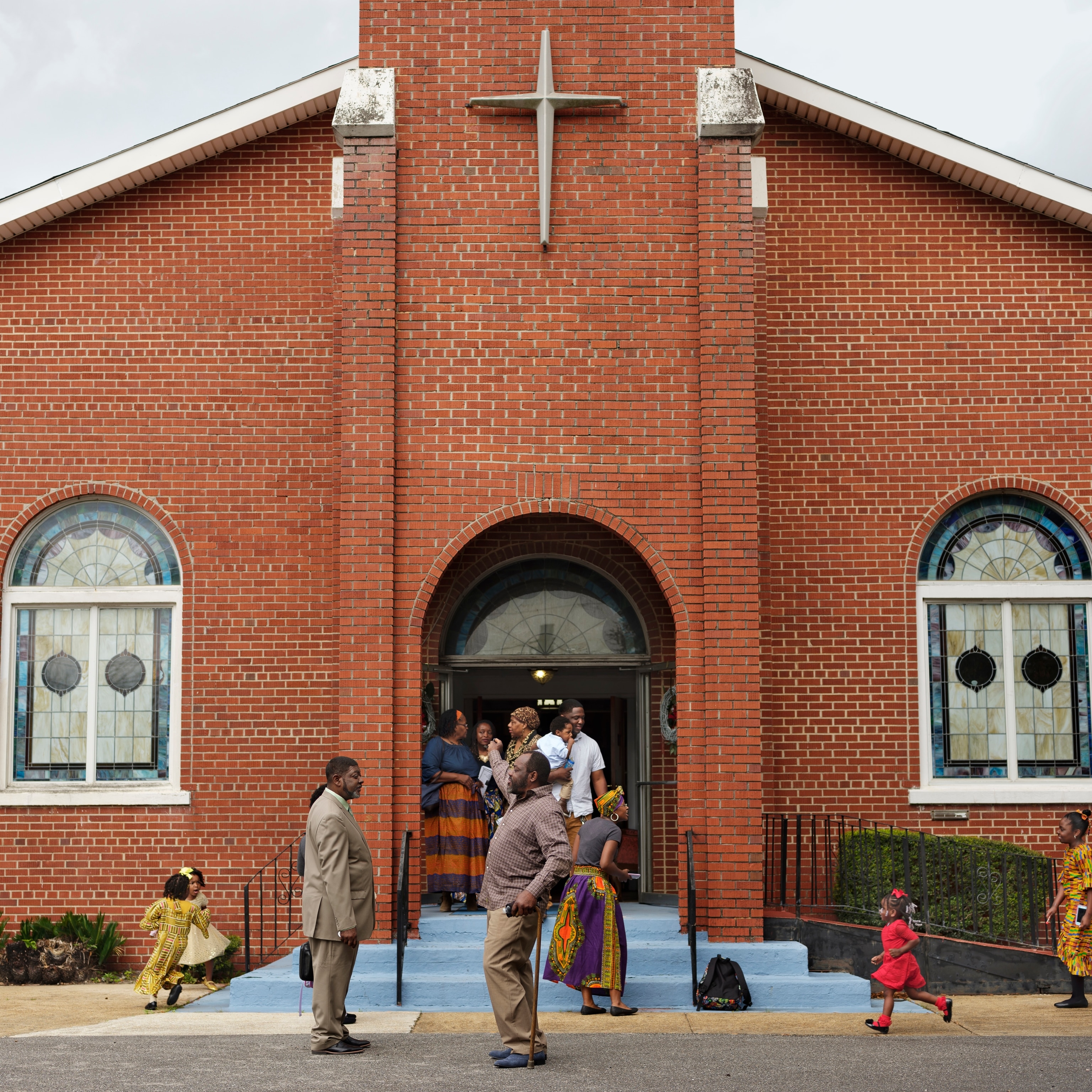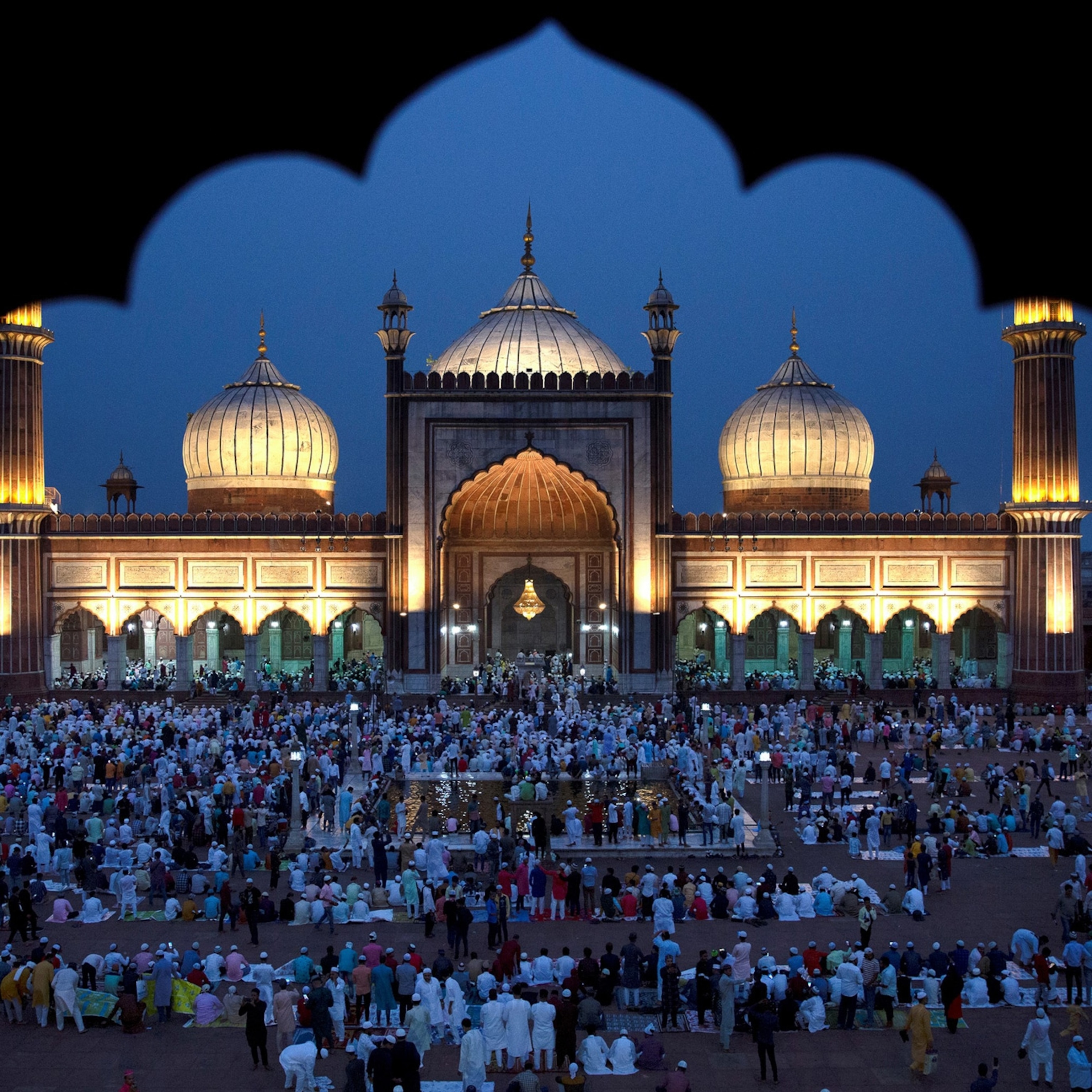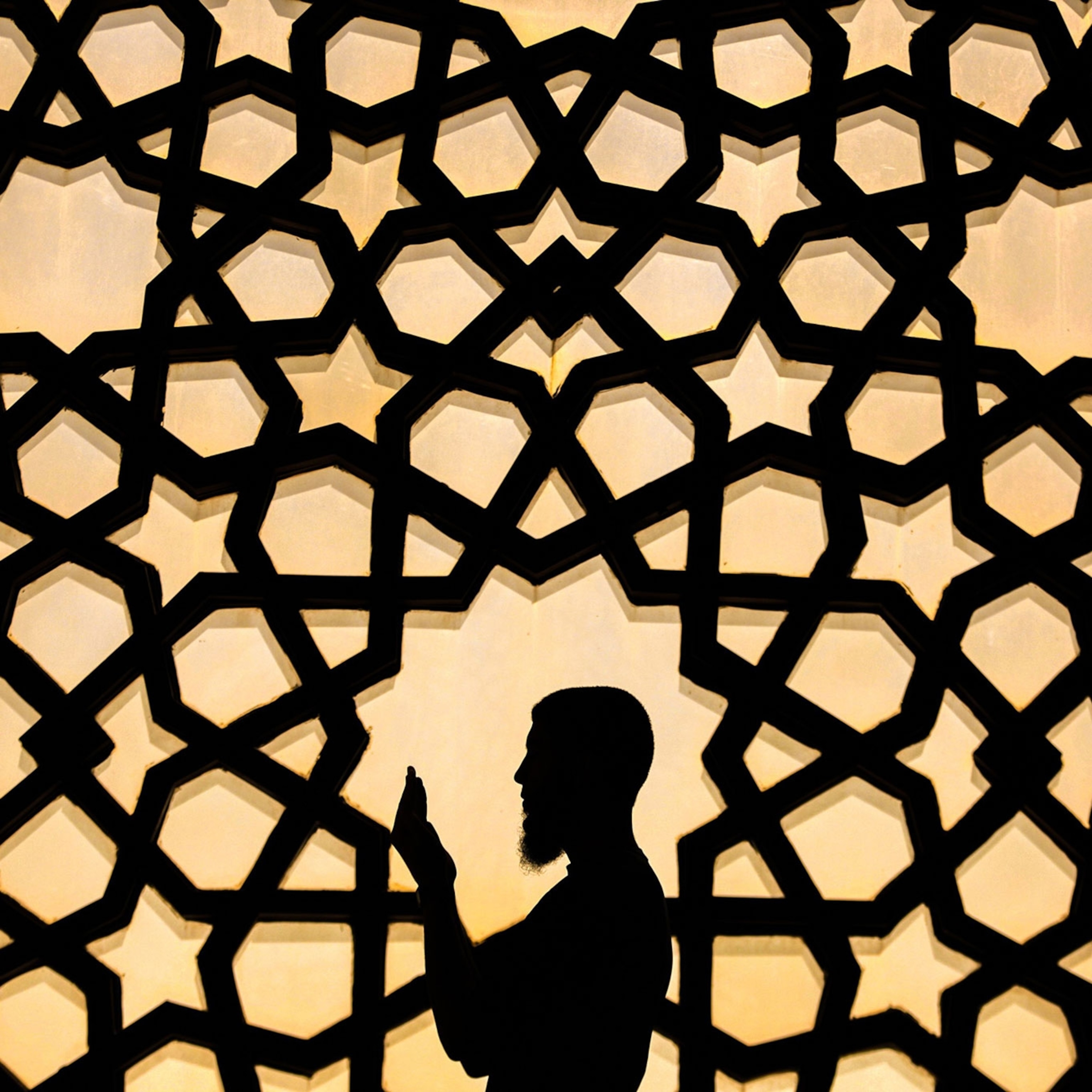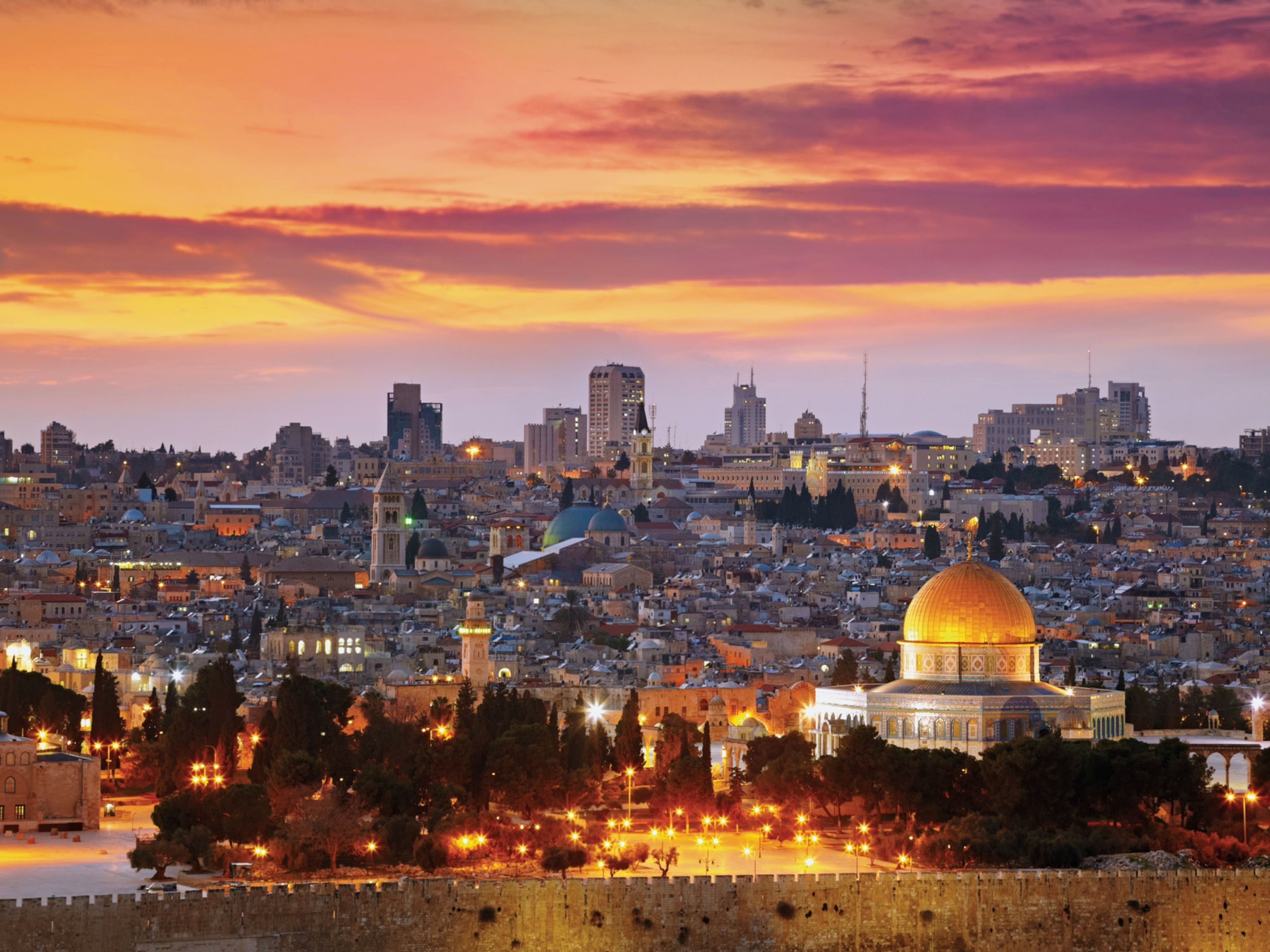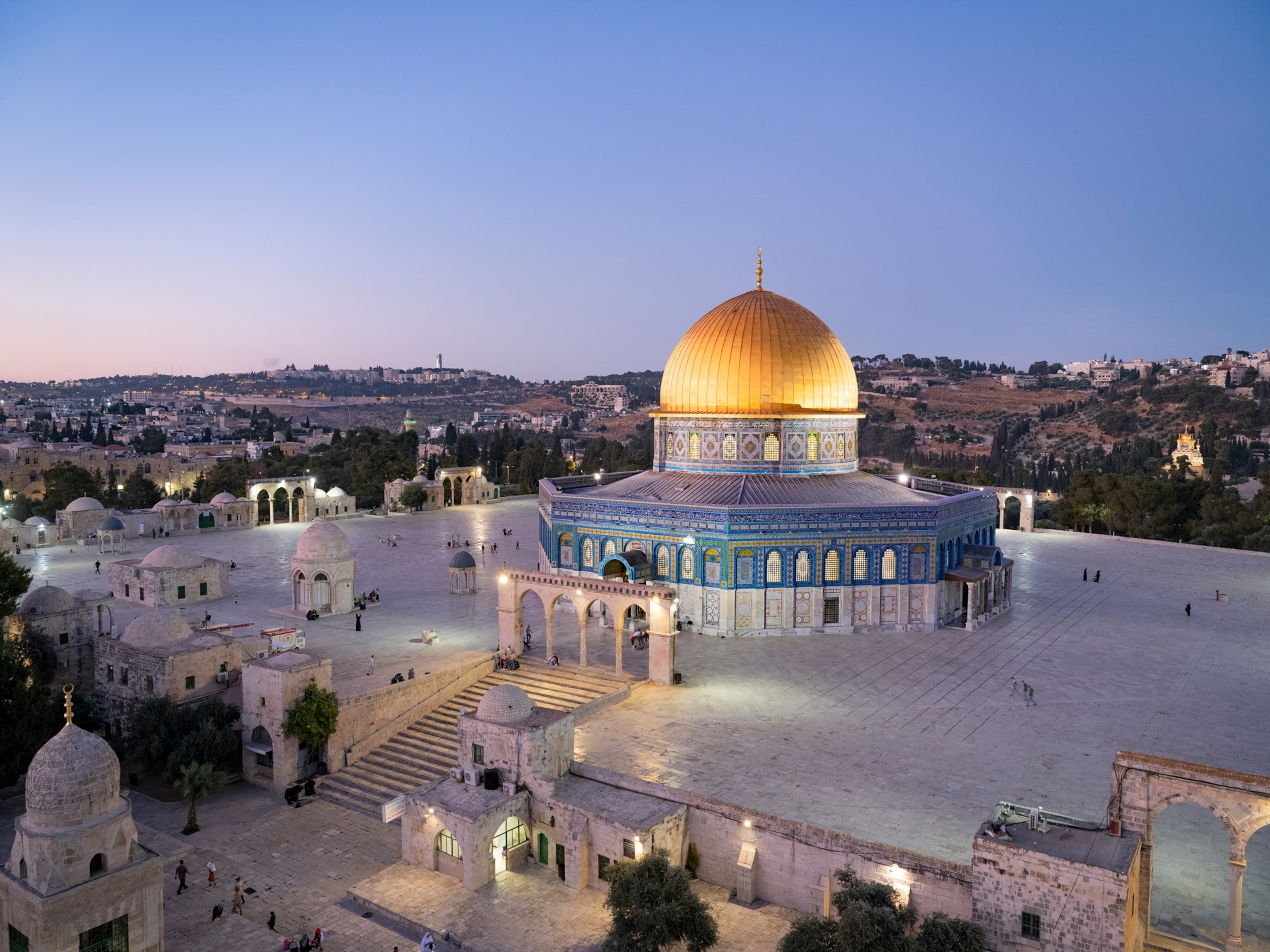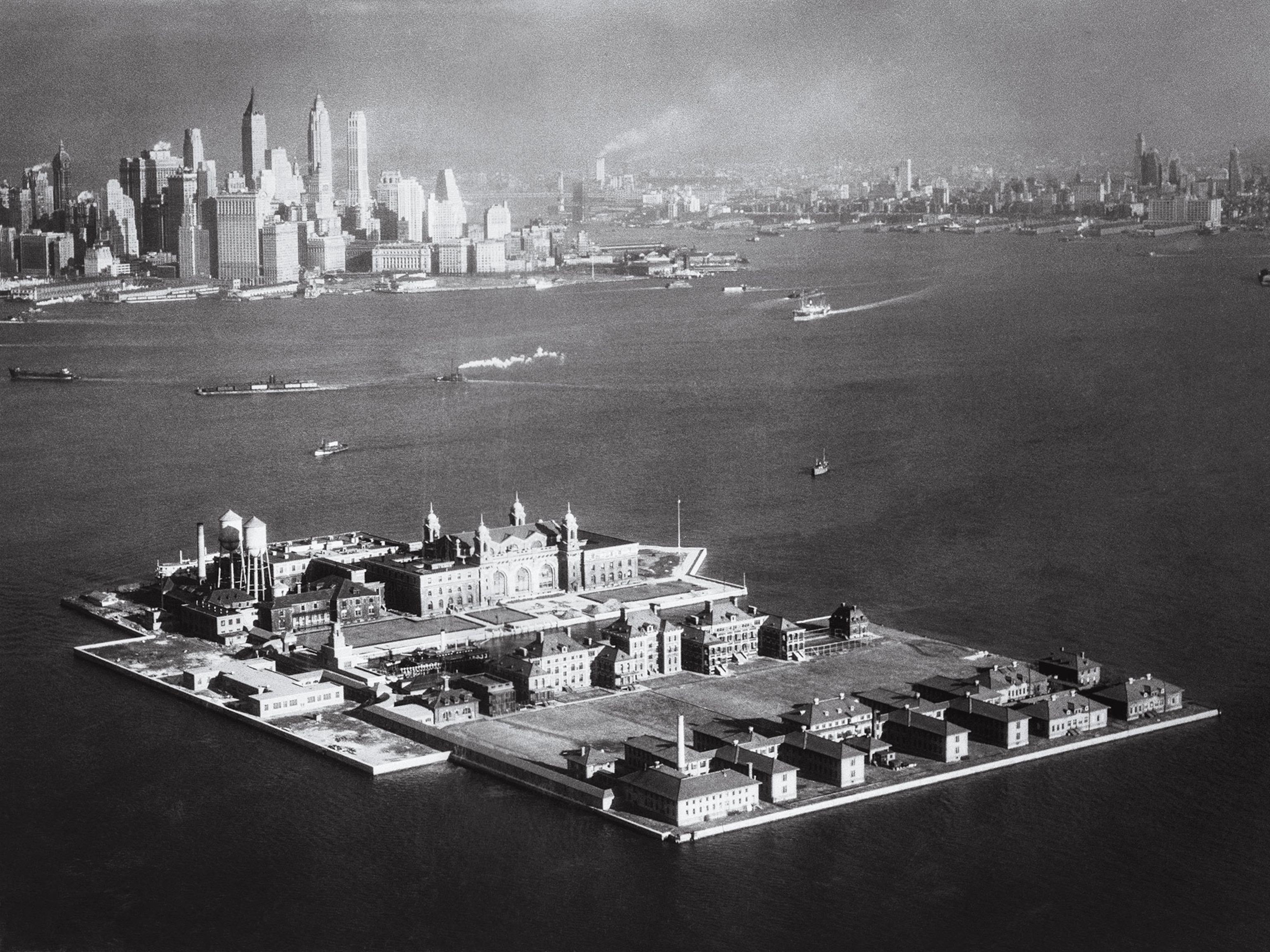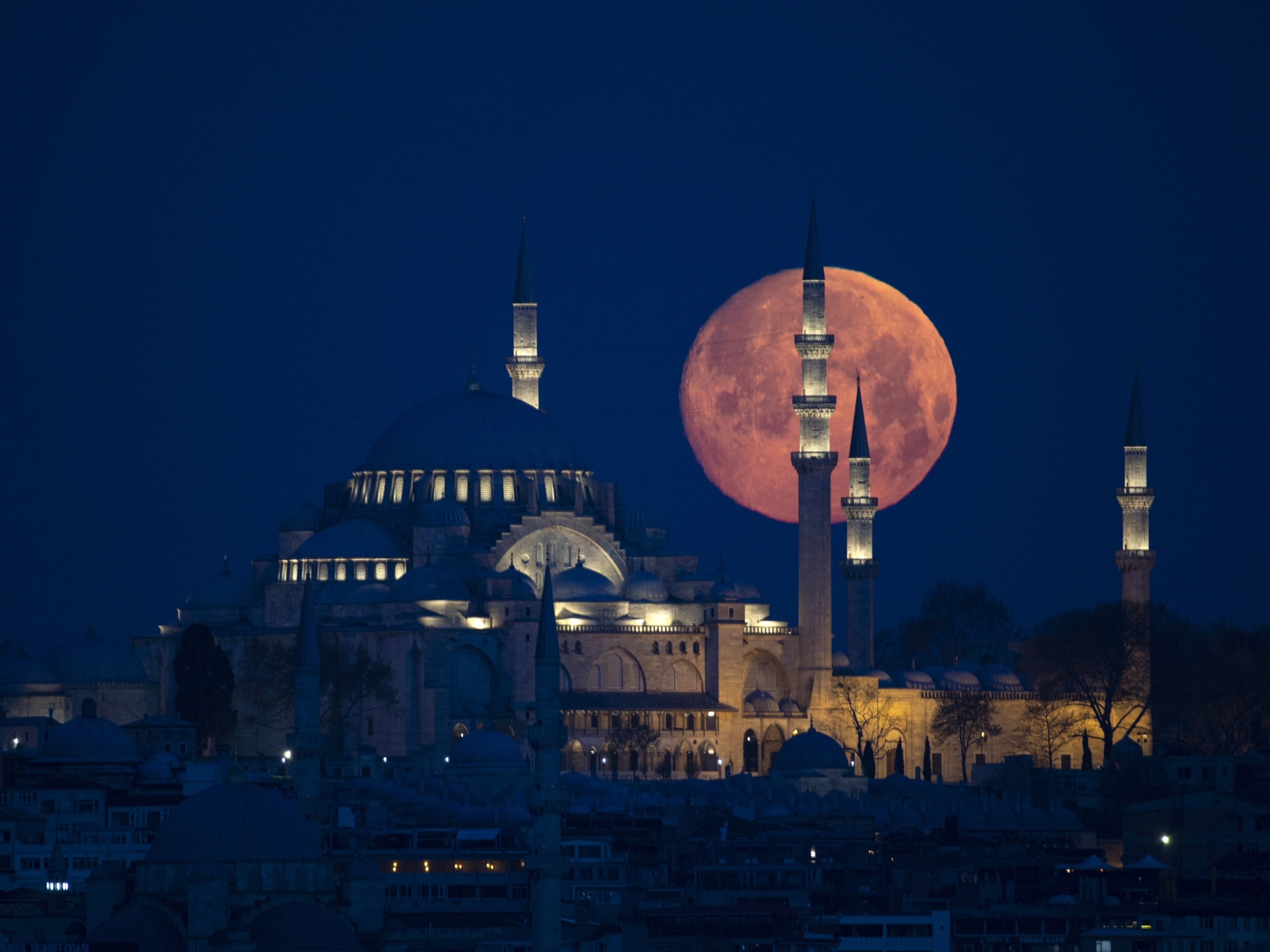Centuries of history and culture reduced to rubble after Myanmar earthquake
Myanmar's religious temples stood as symbols of faith and history. After the recent 7.7 magnitude earthquake, many are wondering: will they ever rise again or are they lost forever?
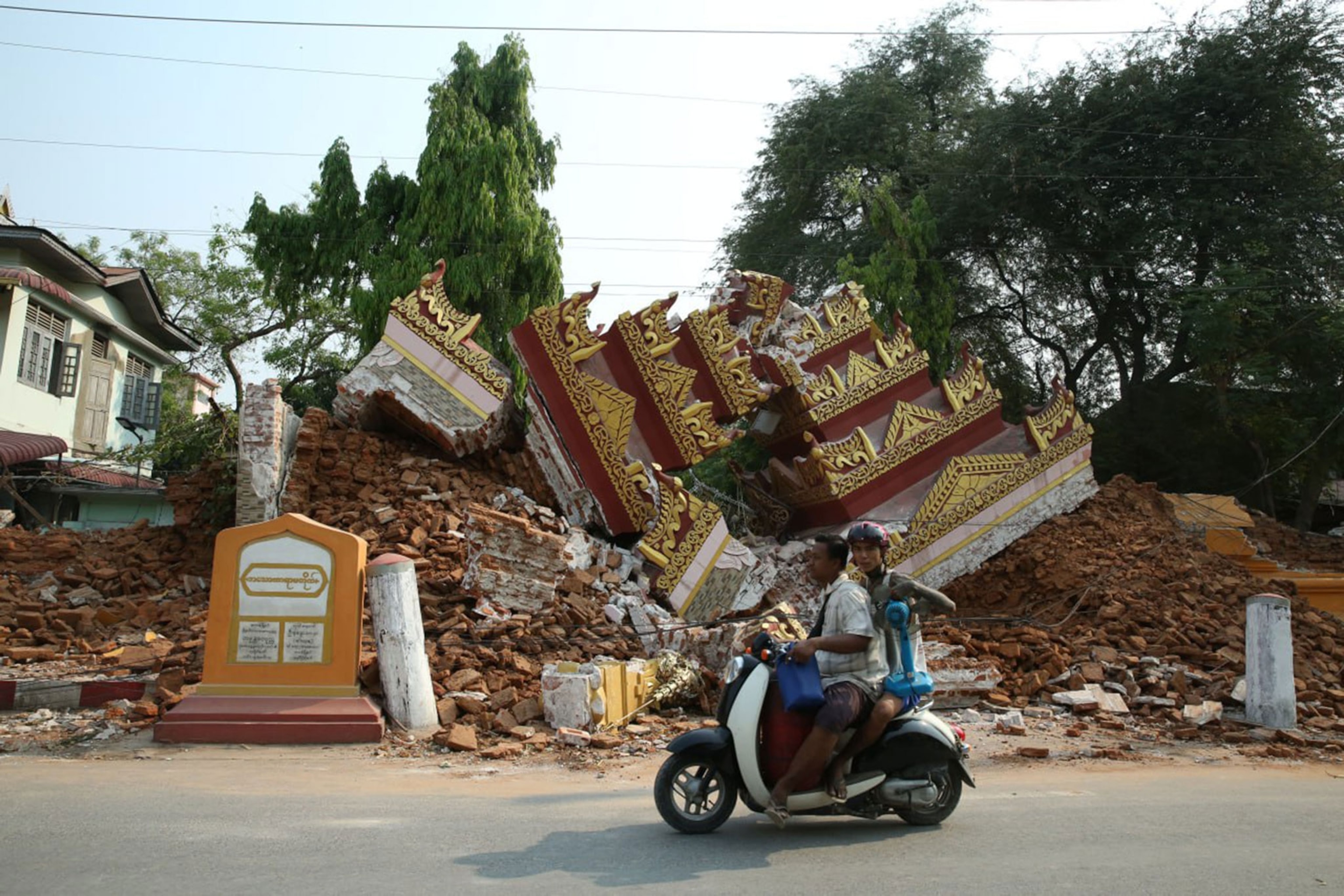
A catastrophic earthquake shook Myanmar’s northern region on March 28, collapsing historic and religious sites across the country. The 7.7 magnitude quake not only killed more than 3,000 people but injured over 4,500, according to the World Health Organization. Its impact was so vast that, on April 2, Myanmar entered a three-week ceasefire in its civil war, which has raged since a military coup four years ago.
The earthquake also destroyed a hundred Buddhist sites and 50 mosques which are key to the functioning of its society. With the earthquake’s epicenter near historic cities Sagaing and Mandalay, experts worry about the destruction of these spiritual sites crucial both to the preservation of this country’s cultural heritage and the wellbeing of its communities.

Myanmar’s temples, mosques, monasteries, and nunneries are far more than just places of worship, experts emphasize. Each plays crucial and varied roles in Myanmar society, from offering primary education, to dispensing medicine, caring for the elderly, and housing orphans and people displaced by the war.
“The damage to religious sites exacerbates the vulnerability already felt by communities,” explains Maitrii Aung-Thwin, associate professor of Myanmar and Southeast Asian History at National University of Singapore.
Monasteries and nunneries are vital to Myanmar Buddhists, who visit them to make offerings and thus earn merit. “These offerings could be anything from donating a daily alms meal to ordaining as a monk or a nun,” explains MK Long, an expert in Buddhism in Myanmar at Dartmouth University. “In Buddhist cosmology, earning merit is understood to positively affect your circumstances in this life and future lives.”
Here are some of the religious and cultural damaged across Myanmar — and what their loss means for the community.
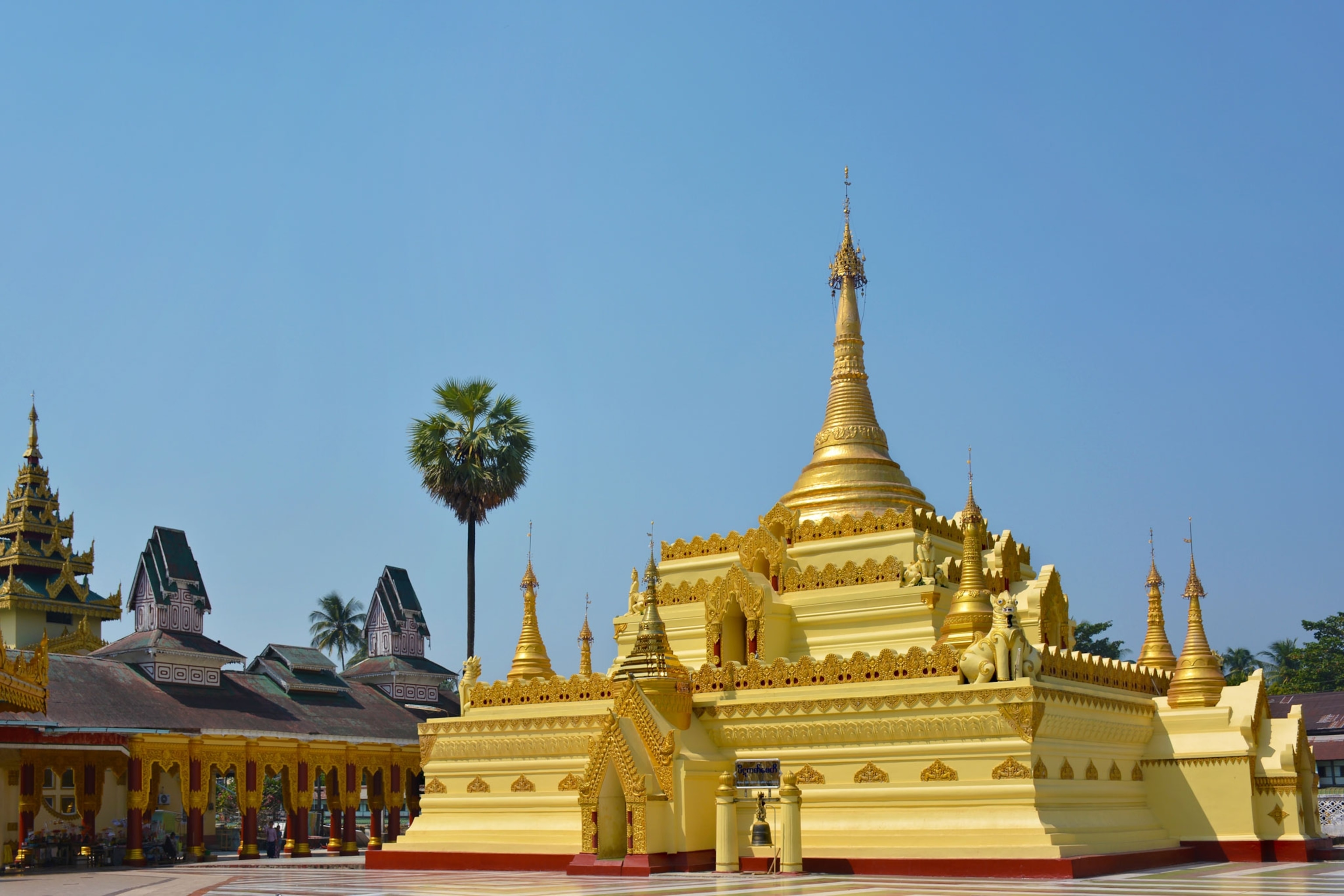
Shwe Sar Yan Pagoda
Reputedly up to 1,000 years old, Shwe Sar Yan Pagoda is a large Buddhist complex, decorated by gilded stupas and statues, about 5 miles south-east of Mandalay. Videos posted online show Shwe Sar Yan Pagoda’s golden spire collapsing in the aftermath of the earthquake. Built between the 9th and 13th century, the Pagoda is a community hub in Myanmar, says Aung-Thwin.
“They serve as nodes that connect local communities to other networks of Buddhists within the country and beyond,” he says.
Adorned with gilded stupas and statues, the pagoda is deeply tied to the local agricultural cycle. Its annual festivals mark the stages of planting, tilling, and harvesting crops such as rice.
“Farmers, traders, tourists, and other small businesses come to these festivals that link local communities and their economies to each other,” Aung-Thwin says. “So the damage to these religious sites can disrupt the social fabric of these communities and their economic means of survival.”
(Thousands of Buddhist temples filled this sacred skyline.)
Sakyadhita Nunnery
About five miles west of Mandalay, one of Myanmar’s largest nunneries was also devasted by the earthquake. Sakyadhita Thilashin Nunnery is known for its work empowering and educating women in the country. Established in 1998, its 200 or so students study for their monastic exams, learn Buddhist scriptures and Pali, an ancient language of the Theravada Buddhist canon.
But those students have now been displaced.
“At least three of the buildings there collapsed, and all of the residences are damaged,” Long says. “Six nuns and three lay supporters were killed. One of the nuns who died was their head nun, and two other teachers are hospitalized with serious injuries.”
Me Nu Brick Monastery
Me Nu Brick Monastery, also called Maha Aung Mye Bom San Monastery, sustained heavy damage as well. While Me Nu Brick Monastery has not been an active monastery for many years, it has remained an important heritage site and a popular tourist attraction, according to Niklas Foxeus, an associate professor at Stockholm University in Sweden who has studied Buddhism in Myanmar.
Commissioned in 1822 by Queen Nanmadaw Me Nu, this was a key landmark of the Konbaung Dynasty, which reigned from 1752 to 1885. Since the dynasty fell during the Third Anglo-Burmese War, this monastery has survived internal conflict and the fury of Mother Nature, having been damaged before by a major earthquake in 1838.
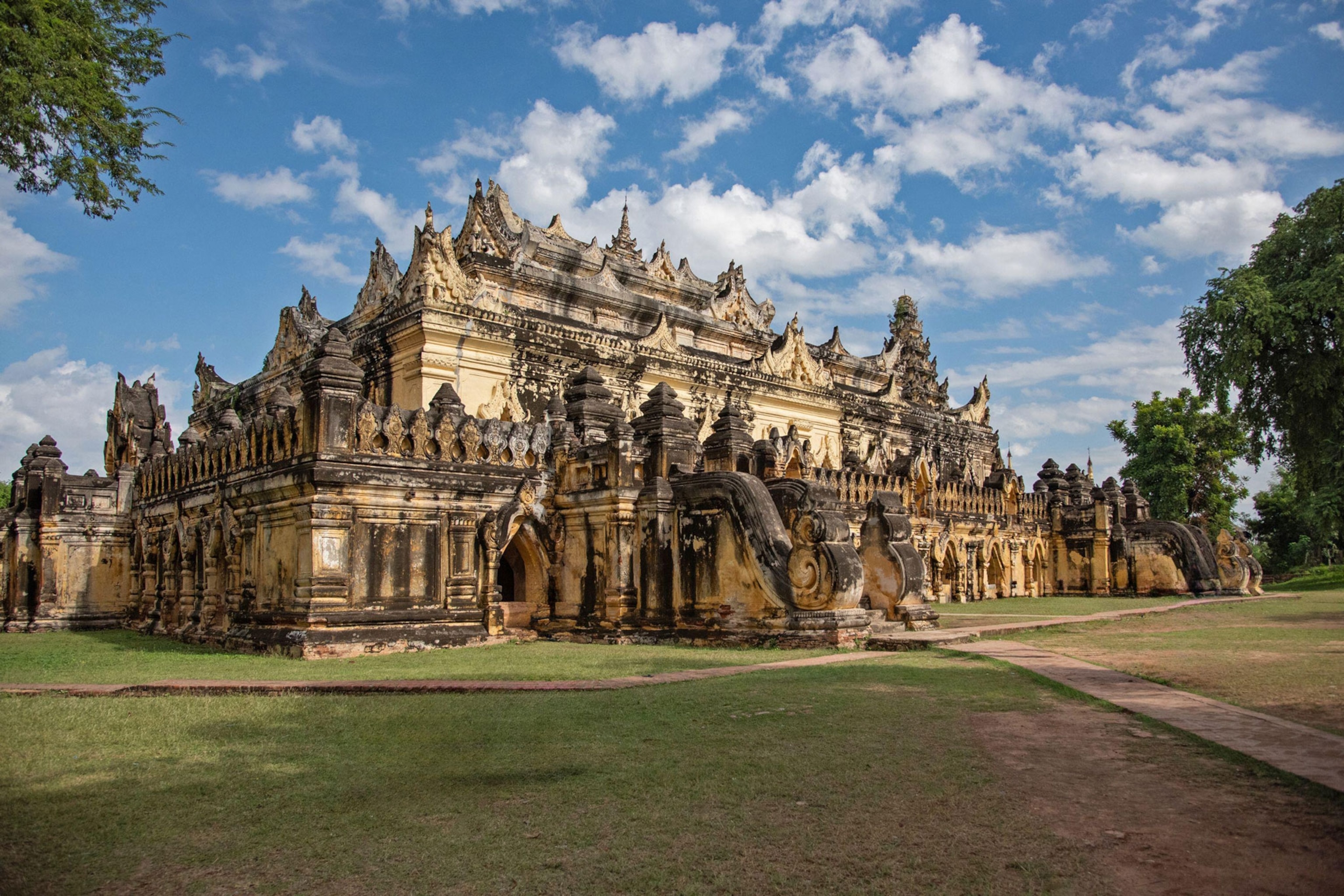
Signage at the monastery’s entrance describes the site as “one of the finest specimens of Myanmar architecture during the Konbaung Period.” Its intricate ornamentation and multi-tiered roof mirrored the design of the nearby wooden monasteries of the Konbaung Dynasty, which collectively are on the tentative list to be considered for UNESCO status.
New Masoeyein Monastery
The New Masoeyein Monastery in Mandalay is a place of community for Buddhists in the area, providing hundreds of monks with food, accommodation, health care, and religious education. As members of the Buddhist sangha took their monastic exams on March 28, the building’s modern, orange-and-cream clock tower crumbled as the earthquake shook the country.
“Monasteries and nunneries are centers of community service and of spiritual guidance for the laity,” says Kate Crosby, professor of Buddhist studies at Oxford University. “This relationship with the monasteries and nunneries is a core part of the majority of Burmese people’s religious and cultural life.”
(Can religion make you happy? Scientists may soon find out.)
New Masoyein Monastery is particularly important, Foxeus says, as it is an elite Buddhist education center of similar status to a university. Fortunately, its damage was not catastrophic, and it may be able to resume functioning to some degree in the near future, he adds.
Can these cultural and religious landmarks be restored?
Repairing ancient structures is complicated due to their construction from un-reinforced masonry.
“Unfortunately, these are also vulnerable to earthquake damage, as the masonry isn’t tied together in the way modern steel and concrete buildings are,” says Jared Keen, technical director of the Asian-Pacific engineering firm Beca. “Where a masonry building is partially damaged, they can be repaired and strengthened, though such strengthening is often a complex task.”
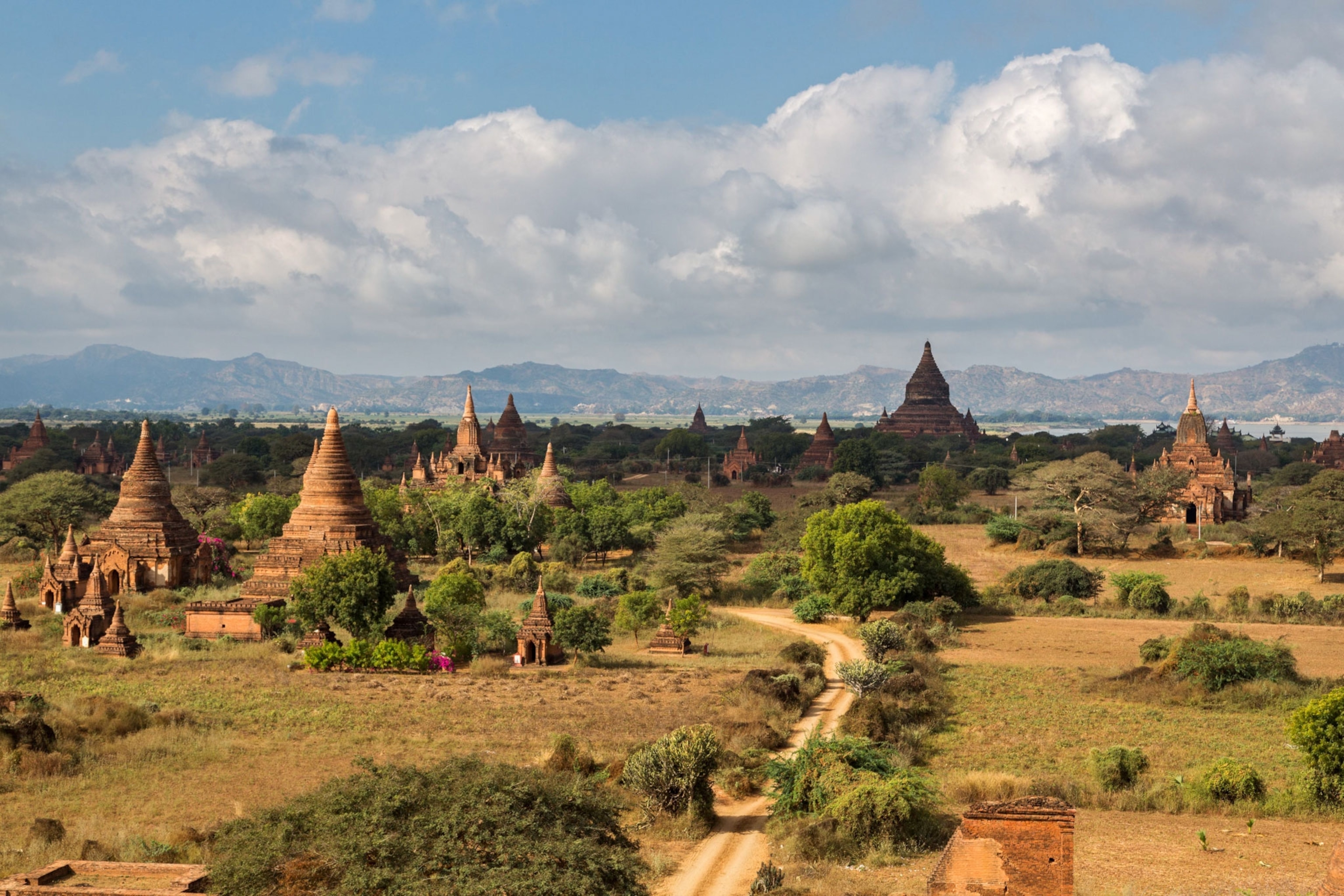
Similar concerns were expressed by Tamas Wells, coordinator of the Myanmar Research Network at Australia’s University of Melbourne.
“The core challenge to restoration of key religious sites is the background of a brutal military regime, rather than the technical specifics of rebuilding,” Wells says.
Myanmar’s civil war will likely delay the rebuilding of damaged sites, predicts Chris Sidoti, former member of the United Nations Independent International Fact-Finding Mission on Myanmar.
“It's very hard to see how there can be any real reconstruction of anything — civil infrastructure, residential housing or cultural sites — unless and until the war ends,” Sidoti says.
Myanmar’s cease fire offers a flicker of hope, in that regard. Yet even in a time of peace, restoring these invaluable religious complexes would be a greatly complicated task due to this nation’s poverty, poor infrastructure, and political instability.

